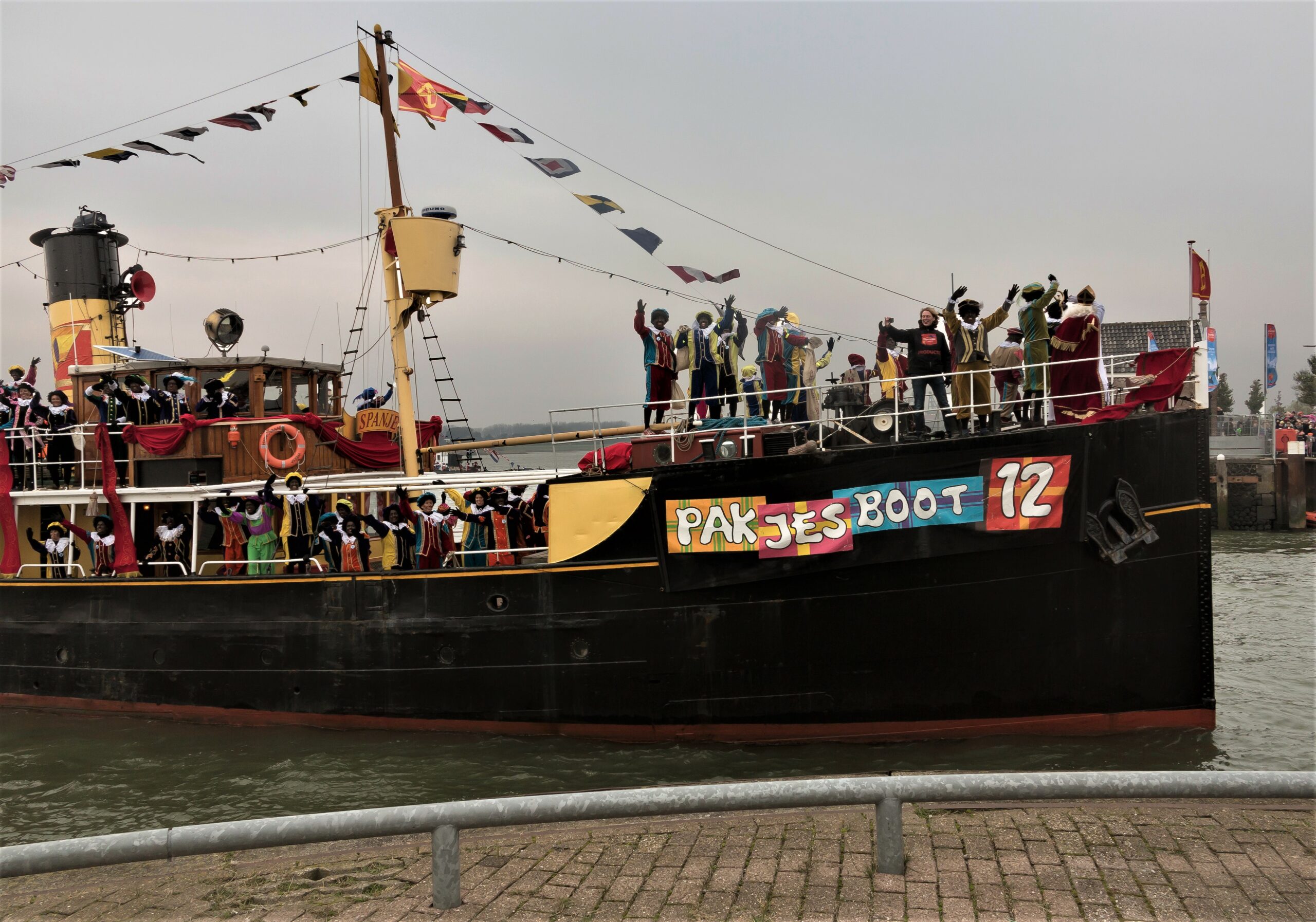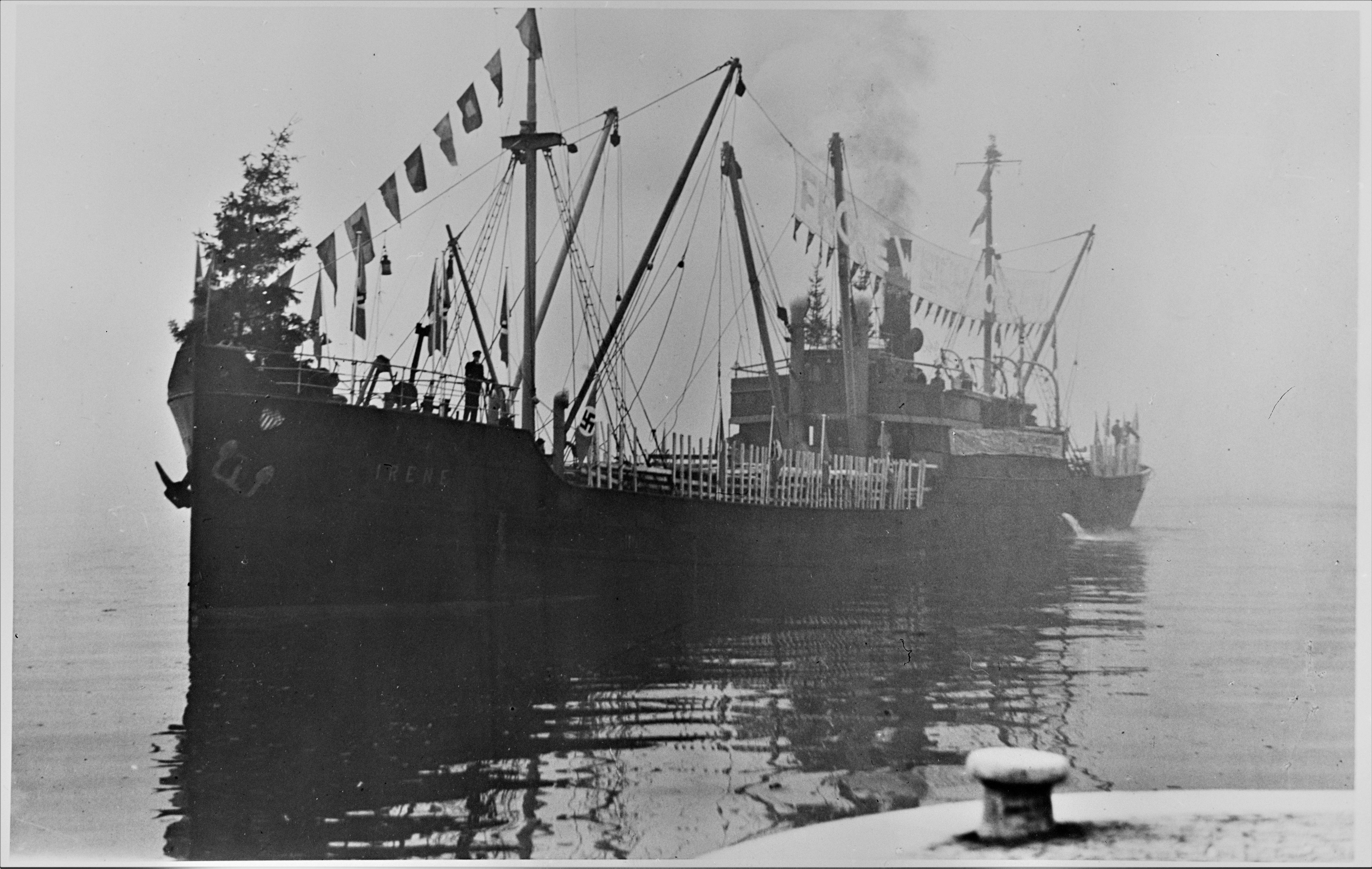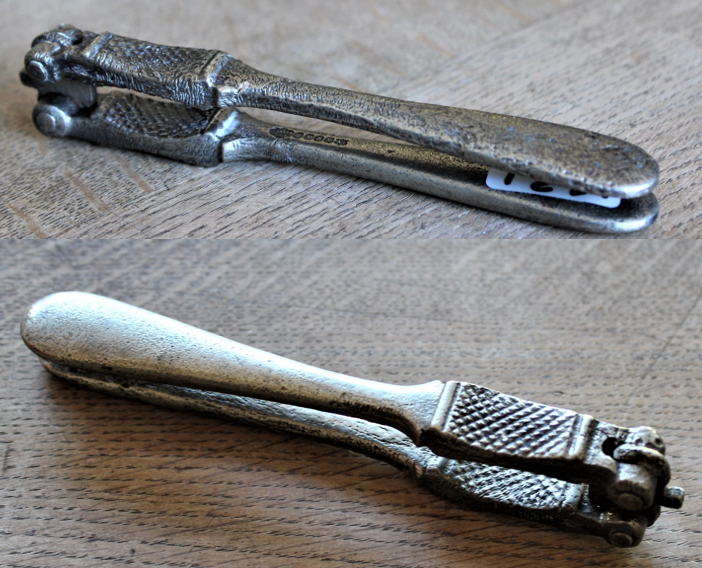Christmas usually means family, trees, presents and food, celebrated in traditional fashion, but spare a thought for mariners who may not be able to be with their families. However, mariners worldwide do celebrate Christmas based on their cultural traditions. Volunteer Roger Burns recounts some examples of these traditions.
The Netherlands
The Dutch tradition is for distinctly separate holidays for giving presents and for Christmas. Children in the Netherlands traditionally receive presents from Sinterklaas, aka Santa Claus, on 5 December, Pakjesavond, which translates to Presents Evening and Christmas trees are not put up until after this holiday. Sinterklaas is also known as Saint Nicholas, or Sint Nicolas in Dutch, and is the patron saint of children and sailors. The Dutch celebrations start on the first Saturday after 11 November when traditionally, Sinterklaas arrives on a boat from Spain, rather than on a sleigh from the North Pole. This boat is called Pakjesboot 12 – Dutch mariners by legend are responsible for bringing Sinterklaas ashore safely in decorated vessels, such as Figure 1. Pakjesboot 12 is the nickname of the steamship Hydrograaf launched in 1910 when it serves as a means of transport at the national entry of Sinterklaas used for this purpose from 1985 to 2022, carrying Sinterklaas and his Pieten from Spain.

Figure 1: Pakjesboot arriving at Maassluis, 12.11.2016.
Source: Michielverbeek, CC BY-SA 4.0, via Wikimedia Commons
One of its journeys is shown here. Christmas is celebrated on 25 December, traditionally without presents, and on 26 December, Saint Stephen’s Day, both days typically family gatherings and feasting. With its long shore line, food can include mussels, sea shrimp, salmon and eel, as well as poultry. Oliebollen, home made bread, and stollen are popular.
America
The nineteenth century saw a high demand for Christmas trees, which were shipped by German and Irish immigrants on boats from Michigan and Wisconsin to Chicago. This has evolved into numerous Christmas boat parades or Christmas Ships Festivals being held in America, including Seattle, Portland Oregon, and Newport Beach, California, to name but three. The demise of one such ship, the Rouse Simmons features in our 2021 Christmas blog.
“Soon after war broke out in Europe, the editor of the Chicago Herald, James Keeley, published an appeal to American children to donate gifts to Europe’s soon to be war orphans. Two hundred newspapers across the country reprinted the appeal and together, the press coordinated a humanitarian aid campaign[1]…………..US Army soldiers at Fort Hamilton loaded the cargo onto the US Navy’s collier, the Jason, which it loaned to transport the goods. The Jason was known as both the Christmas Ship and the Santa Claus Ship”. This led to a song “Hurrah! Hurrah for the Christmas Ship”
[1] Accessed November 2022. Text given subject to CC BY-SA 3.0. Full article available here.
Greece
A strong Greek maritime tradition is Karavakia, displaying a decorated Christmas boat between 6 December and 6 January, as explained with images here. This tradition survives more prominently among the Greek islands and seaside regions, as after about 1950, decorated trees, started in Greece by Otto, in 1883 at his palace became popular. Traditional Christmas carols, Kalanda, are sung on three carolling days – Christmas Eve morning, New Year’s Eve morning, and on the morning of the eve of Epiphany, 5 January. Nowadays, tradition is that children move from house to house singing these carols which wish prosperity and luck to the families, accompanied by metal triangles and occasionally drums, hoping for some money from the residents. These themes are expanded here.
Germany
In the run-up to Christmas 1940, Norway was under German occupation. The German troops received presents brought by the Irene, decorated as a Christmas ship, Figure 2, to Oslo; Josef Terboven, the Reichskommissar for Norway during the German occupation and the Quisling regime during the War, handed over the cargo to Army General Nikolaus von Falkenhorst, commander of German troops in Norway.

Figure 2: Decorated as a Christmas Ship, (Weihnachtsschiff), the Irene arriving at Oslo harbour before Christmas 1940
Source: NTB (Norwegian News Agency), CC BY-SA 4.0, via Wikimedia Commons
UK
Naval preparations of Christmas puddings is well established, with examples here prepared and normally eaten ashore, but it is not often that a Christmas cake prepared in November on terra firma is eaten aboard a ship in April, as recounted here! Nuts are a favourite with many at Christmas. Brazil nuts need nutcrackers, two of which are shown in Figure 3, which are also on display at the Shipwreck Centre and Maritime Museum at Arreton, Isle of Wight. These nutcrackers were recovered from the wreck of HMS Velox which while being towed, the stern struck a mine on 25 October 1915, and it sank off the Isle of Wight. While the nutcrackers could have been in the galley or mess manifest, they were just as likely to have been owned by crew members. Stampings on the hallmarked pair are indistinct but indicate circa 1873 and probably silver plate, but the other pair has no visible hallmarks.

Figure 3: Nutcrackers recovered from HMS Velox wreck
References to feasting and food are prevalent at Christmas but spare a thought for the situation on the civilian population subjected to strict food rationing during the Second World War. A booklet with a well-worth-a-look rationing link therein can be read here, but just as illuminating is a Ministry of Food Publication for expectant mothers, Figure 4.
Transcribed:
“Expectant MOTHERS In addition to the ordinary rations obtainable on your own Buff General Ration Books, the following extras should be taken up on your Green Ration Book: MEAT 8d. a week.
MILK 7 pints a week on priority at 1½d. a pint or FREE according to income.
EGGS one per allocation.
DRIED EGGS one packet every eight weeks – FREE OF POINTS. ORANGE JUICE one bottle, containing the juice of 12 fresh oranges, every nine days – 5d., or FREE, if you get your milk free. COD LIVER OIL one bottle, or, if you prefer it, one packet of Vitamin A and D Tablets, every six weeks – FREE”.
2d in 1942 is approx. £.30 in 2022.

Figure 4: Details of additional Nutrition for Expectant Mothers in WW2.
Source: IWM Non-Commercial Licence © IWM Art. IWM PST 16970
Christmas Wishes
The Maritime Archaeology Trust staff would like to wish all our blog readers, volunteers and their families a restful and peaceful Christmas 2022 coupled with best wishes for 2023.
